While traveling in Bhutan, you must visit Samtse, in which you will get a pleasant experience of the natural beauty of Bhutan, which will make your trip to Bhutan memorable forever.
Introduction:
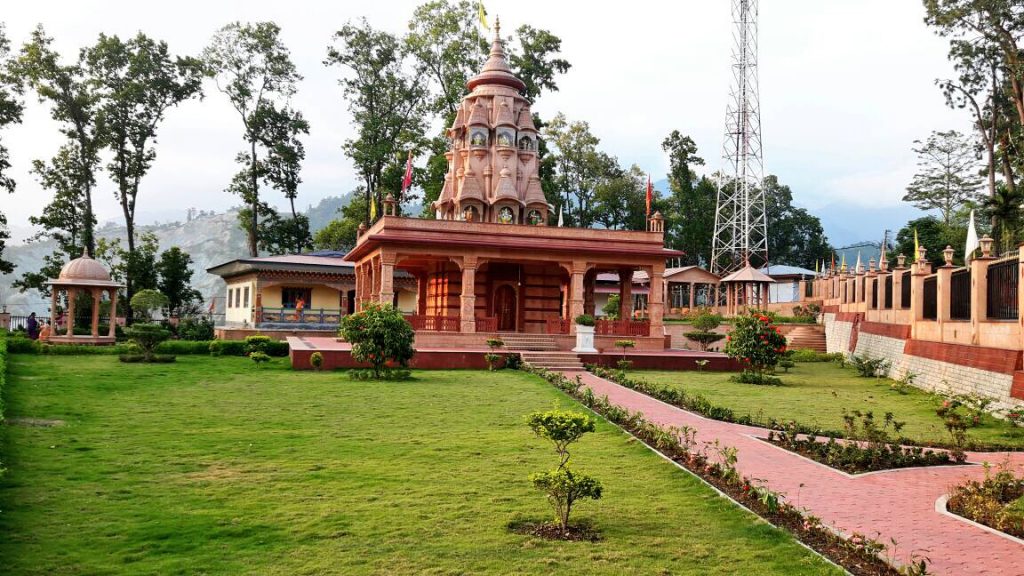
Set amidst the lofty peaks of the Himalayas, Samtse Dzongkhag stands as a testament to Bhutan’s rich cultural tapestry and natural splendor. Initially appearing as a quiet valley, Samtse gradually climbs to an altitude of 3,800 meters above sea level, revealing its diverse landscapes and vibrant communities. Inhabited by a mix of ethnic groups, this picturesque region is a symbol of unity in diversity, where different cultures, religions and traditions co-exist harmoniously.
Diversity in Ethnicity:
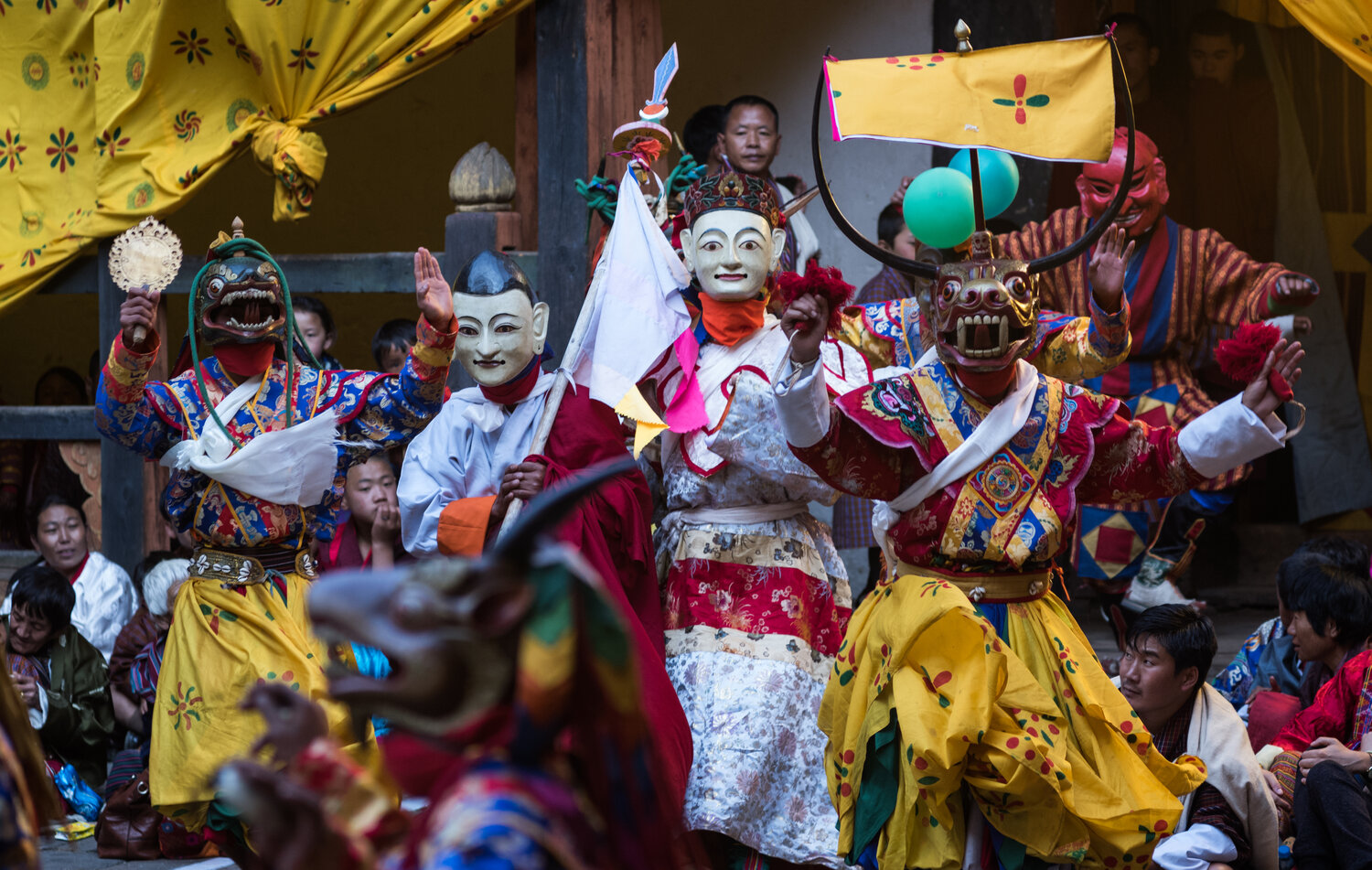
Samtse Dzongkhag is home to myriad ethnic groups, each of which contributes to the rich tapestry of its cultural heritage. These include the Lhotshampa and Doyas primitive communities whose presence adds depth to the cultural landscape of the valley. Through interactions with these diverse ethnic groups, visitors gain insight into Bhutan’s multicultural identity and the ties that unite its people.
Religious Harmony:
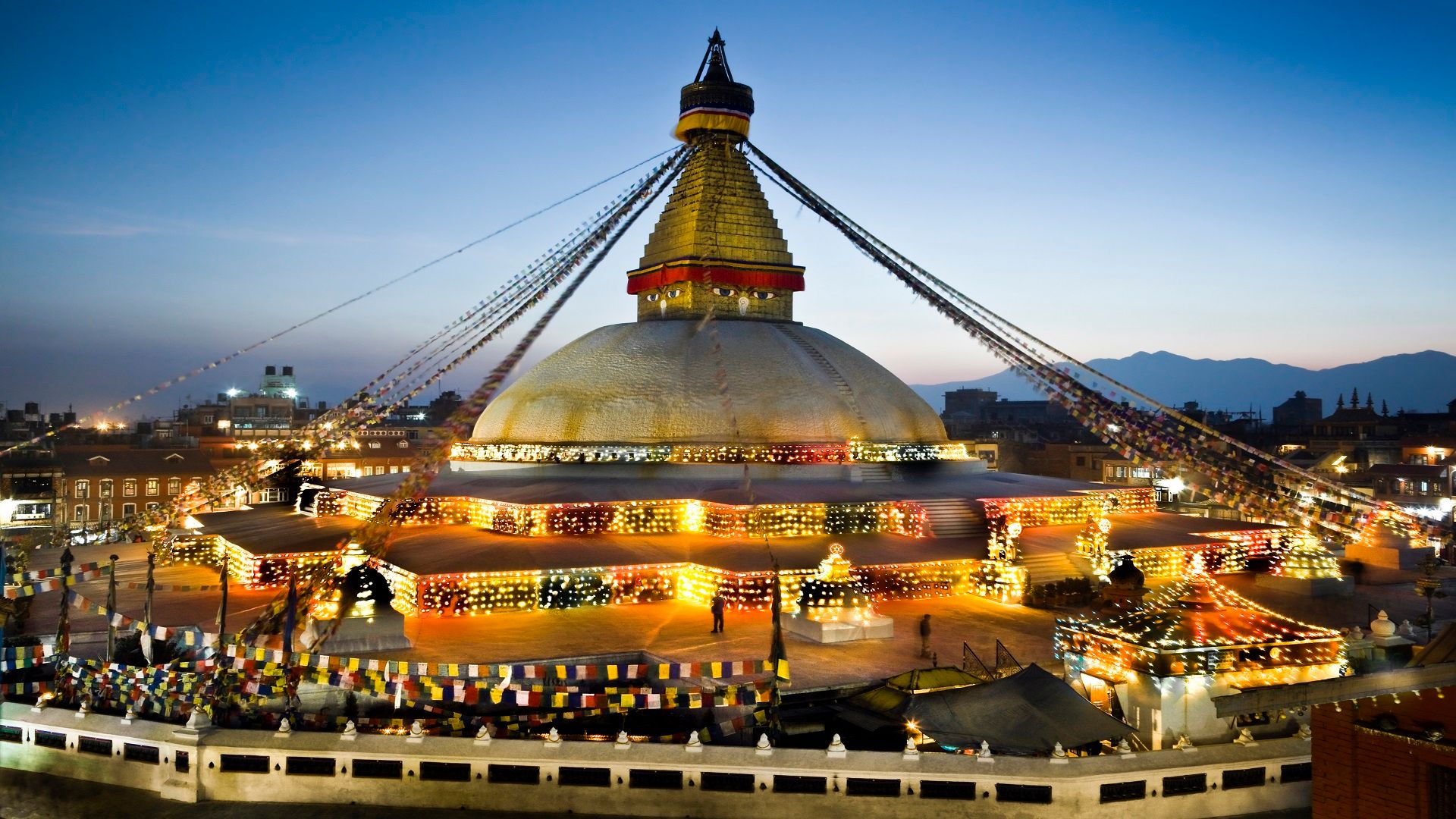
A notable feature of Samtse is the seamless co-existence of Buddhist monasteries and Hindu temples, exemplifying the spirit of religious tolerance and harmony. While the Buddhist community celebrates festivals like ‘Losar’ with enthusiasm, their Hindu counterparts rejoice in festivals like ‘Diwali’ and ‘Dussehra’ with equal enthusiasm. This interreligious harmony promotes an environment of peace and mutual respect beyond religious boundaries.
Natural Beauty and Wildlife:
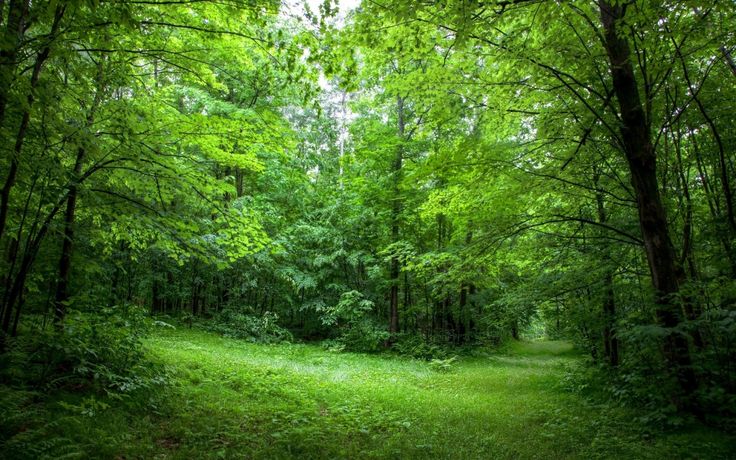
Surrounded by lush green forests teeming with life, Samtse is famous for its breathtaking natural beauty and diverse wildlife. It is a common sight to see elephants roaming freely in the forest areas or engaged in domestic work, highlighting the rich biodiversity of the region. Visitors are treated to a visual feast of exotic flora and fauna, providing ample opportunities for nature enthusiasts and wildlife lovers to explore and appreciate Bhutan’s ecological treasures.
Agricultural abundance:
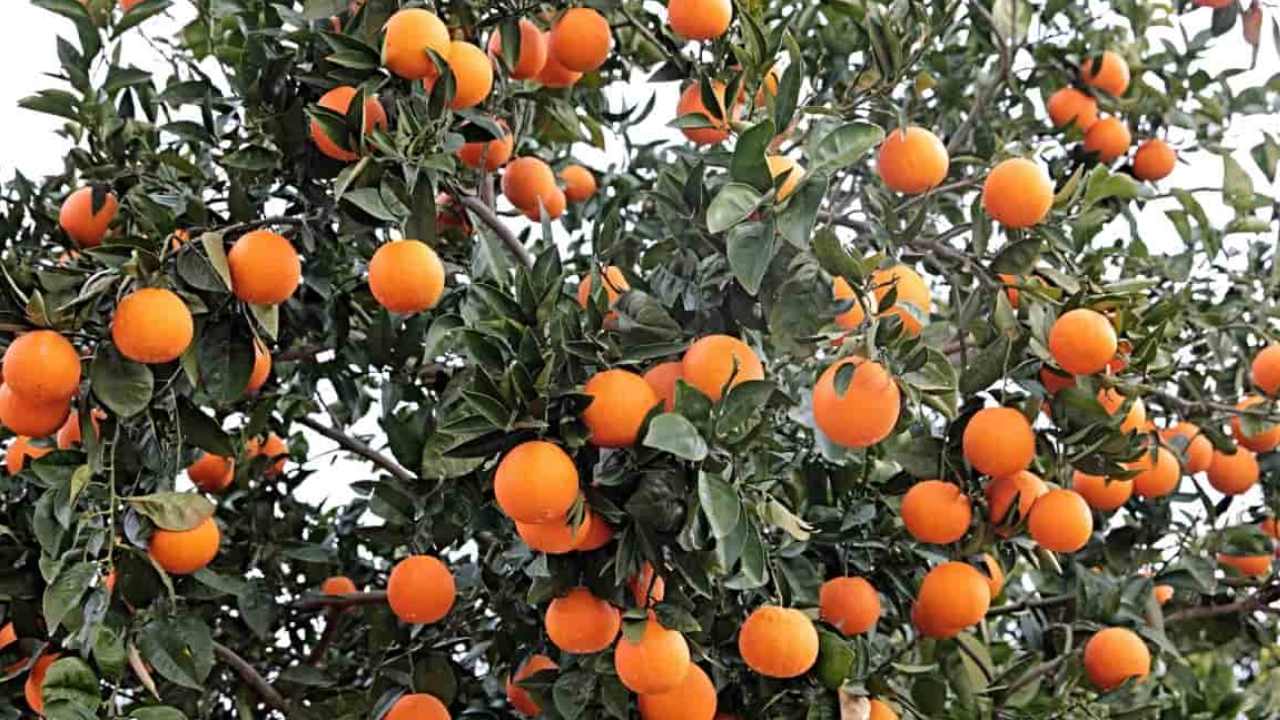
The fertile lands of Samtse yield bountiful harvests of agricultural produce, from juicy oranges to fragrant ginger and prized cardamom. The region’s favorable climate and fertile soil make it an agricultural paradise, sustaining livelihoods and nourishing communities. Additionally, Samtse boasts significant deposits of minerals such as dolomite, talc and quartzite, which contribute to its economic prosperity and resource abundance.
Best time to visit:
To fully immerse yourself in the splendor of Samtskhe, the autumn months of October to November and the winter season of December to February are considered ideal. During these periods, the weather is pleasant, and the landscapes are adorned with vibrant colours, offering visitors a captivating experience amid the grandeur of nature.
How to reach Samtse:
By air:
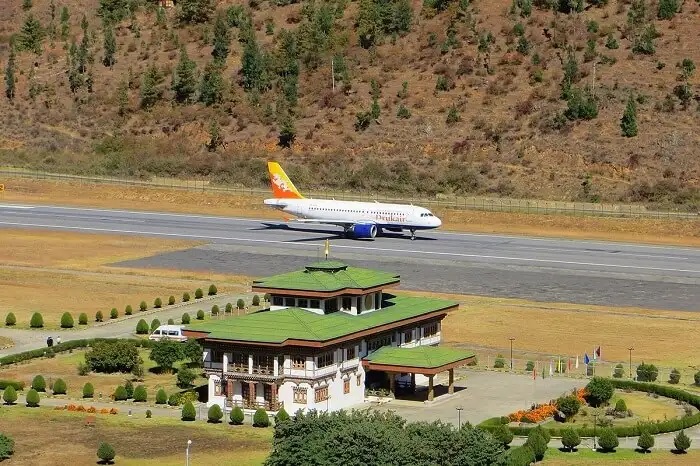
Travelers can reach Samtse by air by booking flights to Paro International Airport from select Indian airports. From Paro, a scenic drive through the Haa Valley leads to Samtse, allowing visitors to marvel at Bhutan’s picturesque landscapes along the way.
by train:
Although Bhutan lacks direct railway connectivity with foreign countries, travelers can reach Samtse indirectly by train. The nearest Indian Railway stations like New Jalpaiguri, New Alipurduar, Siliguri and Hasimara serve as transit points, from where a drive to Jaigaon town and then to Samtse via Phuentsholing town becomes easy.
by road:
For those who prefer road trips, the journey to Samtse starts from Jaigaon town in Alipurduar district of West Bengal, passes through Phuentsholing town and covers about 81 km of Bhutanese territory. This scenic route offers a glimpse of Bhutan’s breathtaking landscapes and the cultural richness of Samtse.
Places to visit:
Pagoda Temple:
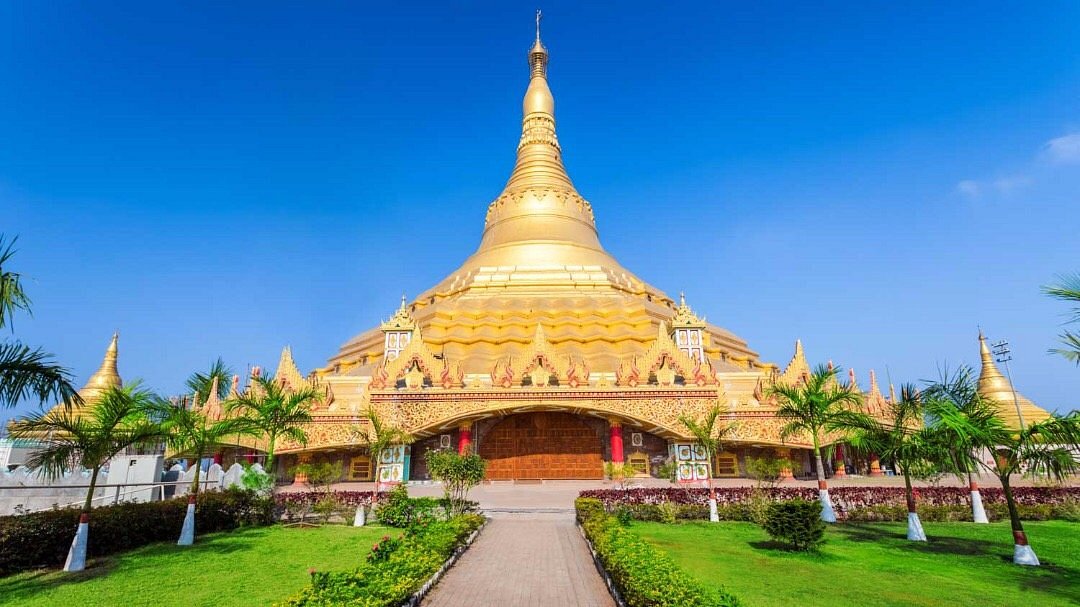
A Hindu temple dedicated to Lord Shiva, Shivalaya Mandhir is a sacred site revered by devotees and visitors alike. Its intricate architecture and serene environment make it a must-see place for spiritual seekers and cultural enthusiasts.
Diana Suspension Bridge:

Spanning pristine waters, the Daina Suspension Bridge offers panoramic views of Samtskhe’s lush green valleys and rolling hills. A marvel of engineering and a popular tourist attraction, the bridge provides a unique vantage point from which to appreciate the natural beauty of the area.
Samtse Khorlo Chorten:
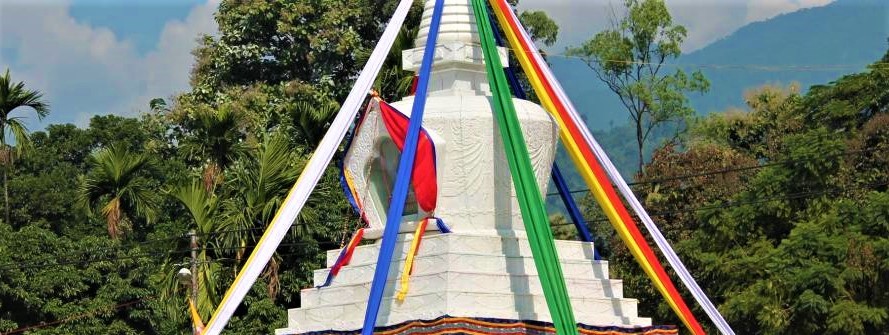
A symbol of Buddhist faith and spirituality, Samtse Khorlo Chorten stands as a symbol of peace and wisdom. Adorned with intricate carvings and sacred relics, this stupa attracts pilgrims and tourists seeking peace and spiritual rejuvenation.
Tendu Community Temple:
Reflecting the cultural diversity of Samtse, the Tendu Community Temple is a testament to the harmonious coexistence of different religious traditions. Its architectural splendor and religious significance make it a remarkable destination for cultural exploration and spiritual contemplation.

